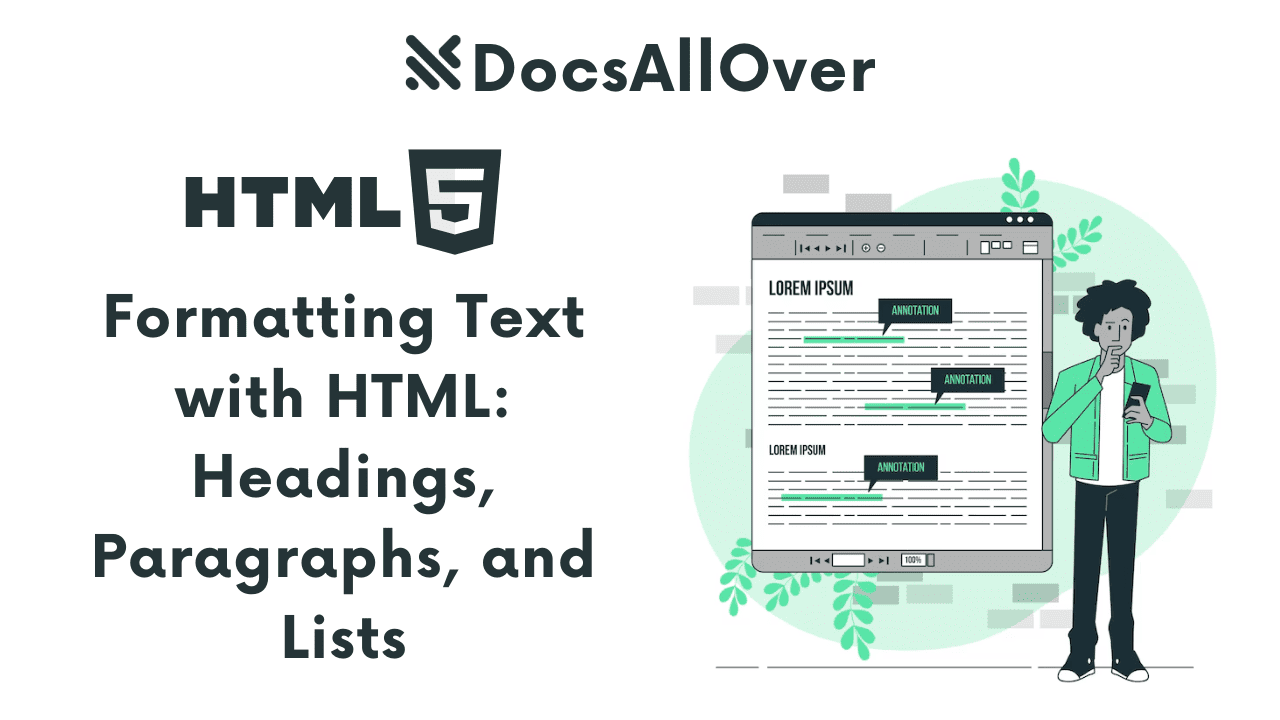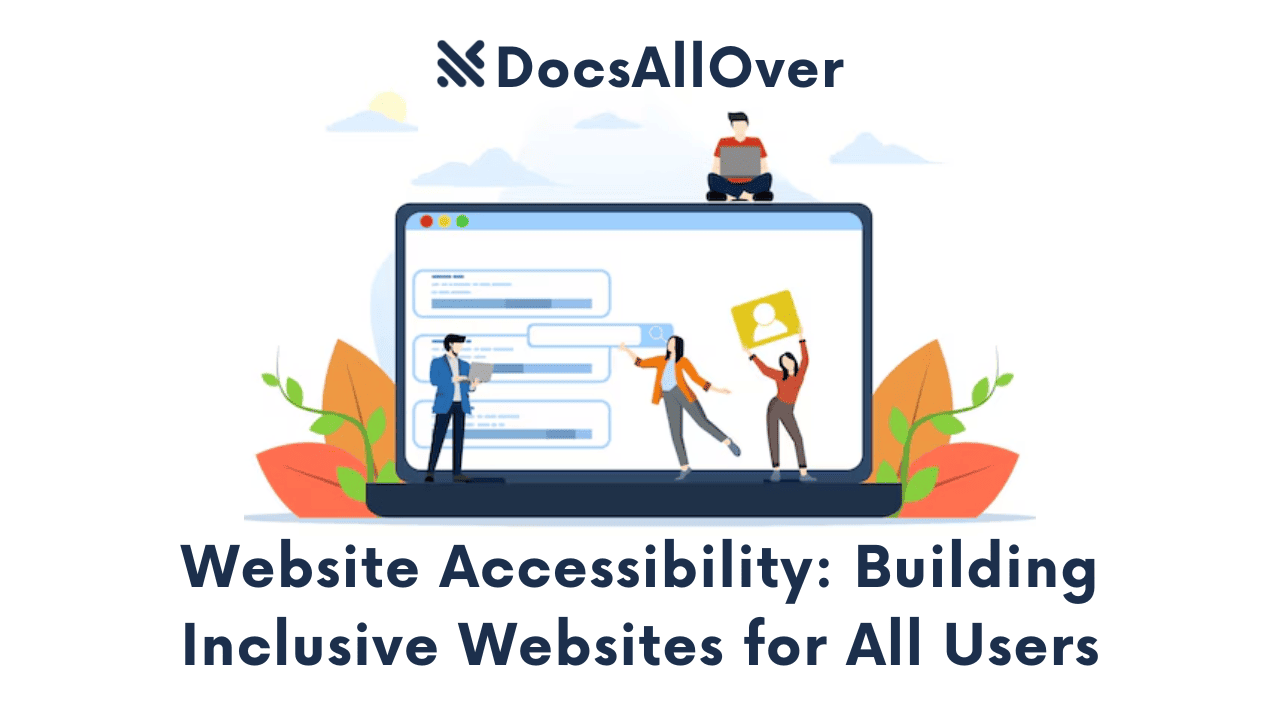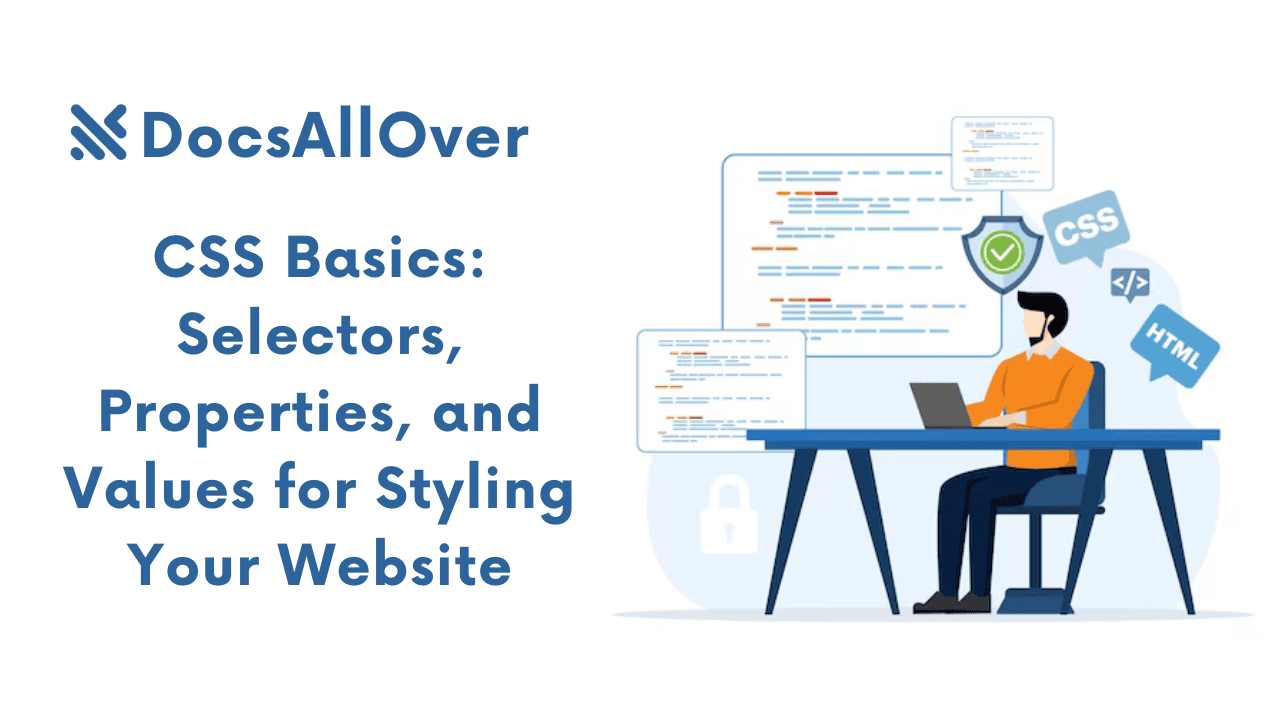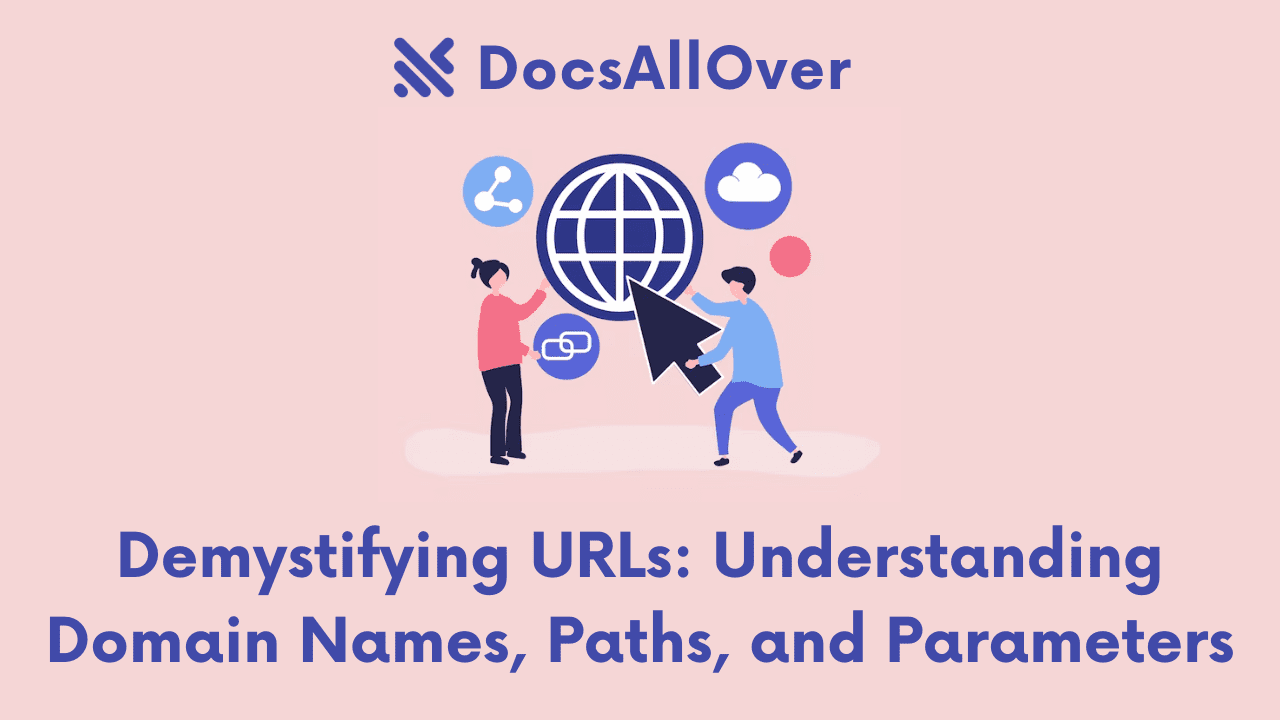Client vs. Server: Understanding the Communication Flow in Web Applications

What are Clients and Servers?
In the context of web applications, clients and servers are two fundamental components that work together to deliver content and services to users.
- Client: A client is typically a web browser, mobile app, or other software that requests information from a server. It is the interface that users interact with.
- Server: A server is a computer system that processes requests from clients and sends back responses. It stores and manages web content and applications.
Role of Clients and Servers in Web Applications
- Clients:
- Initiate requests to servers for web pages, data, or services.
- Display the content received from servers.
- Handle user interactions and input.
- Servers:
- Process requests from clients.
- Retrieve and send requested content.
- Execute server-side logic and applications.
- Store and manage data.
Importance of Understanding Client-Server Communication
Understanding the client-server relationship is crucial for web development and troubleshooting. It helps you:
- Build effective web applications: Design and develop web applications that function correctly and efficiently.
- Troubleshoot issues: Diagnose and resolve problems related to network connectivity, server errors, or client-side issues.
- Optimize performance: Improve the speed and responsiveness of your web applications.
- Understand security implications: Implement security measures to protect against common threats like hacking and data breaches.
By understanding the client-server model, you can create better web applications and troubleshoot issues more effectively.
The Client-Server Model
Basic Client-Server Architecture
The client-server model is a fundamental architecture for building distributed systems. It involves two main components:
- Client: The client is the user interface that interacts with the server. It can be a web browser, mobile app, or other software.
- Server: The server is the central computer that processes requests from clients and sends back responses.
Components of a Client-Server System
- Network: The network infrastructure that connects clients and servers.
- Protocols: Communication protocols like HTTP (Hypertext Transfer Protocol) that define how clients and servers interact.
- Applications: The software running on both clients and servers.
How Clients and Servers Interact
- Client sends a request: The client sends a request to the server, typically using HTTP. The request includes information about the desired resource (e.g., a web page, an image, or data).
- Server processes the request: The server receives the request, processes it, and retrieves the requested resource.
- Server sends a response: The server sends a response back to the client, which includes the requested resource and additional information (e.g., status code, headers).
- Client displays the response: The client displays the response to the user, usually in the form of a web page, image, or other content.
Example:
- A user types a URL into a web browser (client).
- The browser sends an HTTP GET request to the web server.
- The server processes the request, retrieves the HTML file for the requested page, and sends it back to the browser.
- The browser renders the HTML page, displaying the content to the user.
The Role of HTTP
HTTP Protocol
HTTP (Hypertext Transfer Protocol) is the foundation of the World Wide Web. It is a stateless protocol that defines how clients and servers communicate over the internet. HTTP uses a request-response model, where clients send requests to servers and servers send responses back to clients.
HTTP Requests and Responses
- HTTP requests: Clients send HTTP requests to servers to request resources or perform actions.
- HTTP responses: Servers send HTTP responses back to clients, containing the requested resource or an error message.
HTTP Methods
HTTP defines several methods that can be used in requests:
- GET: Retrieves a resource from the server.
- POST: Sends data to the server, often used to create new resources or submit forms.
- PUT: Updates an existing resource on the server.
- DELETE: Deletes a resource from the server.
- HEAD: Requests the headers of a resource without the body.
- OPTIONS: Requests the available methods for a resource.
- PATCH: Applies partial updates to a resource.
HTTP Status Codes
HTTP status codes are used to indicate the outcome of a request:
- 200 OK: The request was successful.
- 301 Moved Permanently: The resource has been permanently moved to a new location.
- 302 Found: The resource has been temporarily moved to a new location.
- 400 Bad Request: The server could not understand the request.
- 401 Unauthorized: The client is not authorized to access the resource.
- 404 Not Found: The requested resource could not be found.
- 500 Internal Server Error: The server encountered an error while processing the request.
Client-Side Development
Technologies Used for Client-Side Development
- HTML (Hypertext Markup Language): Defines the structure and content of a web page.
- CSS (Casading Style Sheets): Styles the appearance of HTML elements.
- JavaScript: A programming language that adds interactivity and dynamic features to web pages.
Client-Side Responsibilities
Client-side code is responsible for:
- Rendering web pages: Displaying HTML content in the browser.
- Handling user interactions: Responding to user input, such as clicks, form submissions, and keyboard events.
- Validating user input: Ensuring that user-provided data is valid and meets specific requirements.
- Performing client-side calculations and logic: Processing data and performing calculations locally.
- Communicating with the server: Sending and receiving data from the server using HTTP requests and responses.
Client-Side Frameworks and Libraries
- React: A popular JavaScript library for building user interfaces.
- Angular: A comprehensive JavaScript framework for building web applications.
- Vue.js: A progressive JavaScript framework for building user interfaces.
- jQuery: A JavaScript library that simplifies DOM manipulation and AJAX requests.
- Bootstrap: A popular CSS framework for creating responsive and mobile-friendly layouts.
- Material UI: A React component library based on Google's Material Design.
Server-Side Development
Technologies Used for Server-Side Development
- PHP: A popular general-purpose scripting language widely used for web development.
- Python: A versatile language suitable for a wide range of applications, including web development.
- Ruby: A dynamic programming language often used for web development and scripting.
- Node.js: A JavaScript runtime environment for building server-side applications.
- Java: A general-purpose programming language used for web development, enterprise applications, and more.
- .NET: Microsoft's framework for building web applications, including ASP.NET.
Server-Side Responsibilities
Server-side code is responsible for:
- Processing requests: Handling HTTP requests from clients.
- Retrieving and processing data: Accessing and manipulating data from databases or other data sources.
- Generating dynamic content: Creating HTML pages and other content based on data and logic.
- Managing sessions and authentication: Handling user sessions and authentication.
- Interacting with other systems: Communicating with external services or APIs.
Server-Side Frameworks and Libraries
Server-side frameworks and libraries provide a structured approach to building web applications and simplify common tasks. Some popular options include:
- Laravel (PHP): A popular PHP framework known for its elegance and ease of use.
- Django (Python): A high-level Python web framework that emphasizes rapid development and clean code.
- Ruby on Rails (Ruby): A full-stack web framework that follows the Model-View-Controller (MVC) pattern.
- Express.js (Node.js): A minimal and flexible Node.js web application framework.
- Spring Boot (Java): A framework for building Spring-based applications with minimal configuration.
- ASP.NET Core (.NET): A cross-platform framework for building web applications using .NET.
Communication Flow
How Clients and Servers Communicate
Clients and servers communicate over a network using protocols like HTTP (Hypertext Transfer Protocol). The communication process typically involves the following steps:
- Client sends a request: The client sends an HTTP request to the server, specifying the desired resource (e.g., a web page, an image, or data).
- DNS resolution: The server's domain name is translated into an IP address using the Domain Name System (DNS).
- Network communication: The client sends the request to the server's IP address over the network.
- Server processes the request: The server receives the request, processes it, and retrieves the requested resource.
- Server sends a response: The server sends an HTTP response back to the client, containing the requested resource and additional information (e.g., status code, headers).
- Client displays the response: The client displays the response to the user, usually in the form of a web page, image, or other content.
The Role of the Network
The network plays a crucial role in enabling communication between clients and servers. It consists of various components, including:
- Routers: Devices that forward data packets between different networks.
- Switches: Devices that connect devices within a local network.
- Modems: Devices that connect computers to the internet.
- Internet Service Providers (ISPs): Companies that provide internet access.
The network ensures that data packets are transmitted reliably and efficiently between clients and servers.
DNS Resolution and IP Addresses
- Domain Name System (DNS): A distributed database that maps domain names (e.g., www.example.com) to IP addresses.
- IP Address: A unique numerical label assigned to each device connected to a network.
When a client enters a domain name into a web browser, the browser sends a DNS query to a DNS server. The DNS server looks up the corresponding IP address and sends it back to the browser. The browser then uses the IP address to connect to the server and send the HTTP request.










